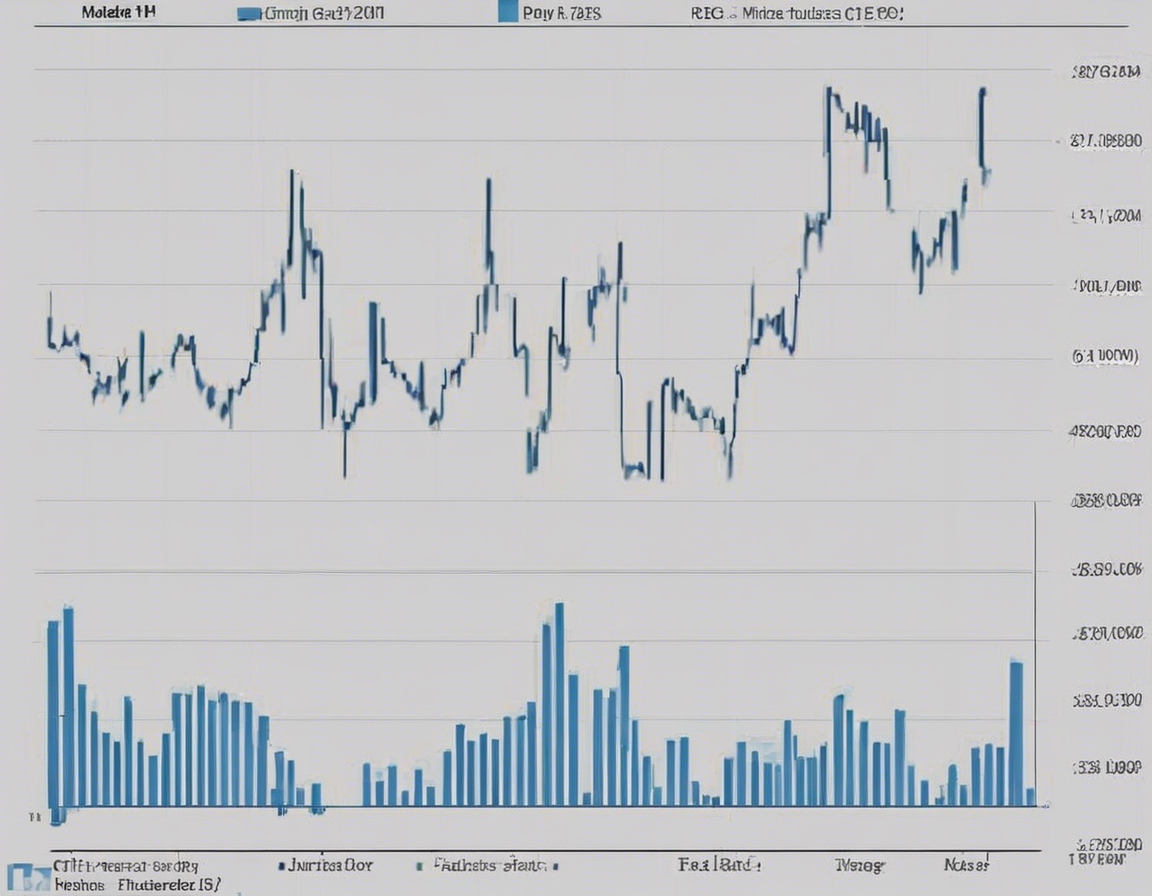Introduction
Investing in the stock market can be both exciting and daunting. Analyzing share price trends is a crucial aspect of making informed investment decisions. In this article, we will delve into the Rain Industries stock and explore how investors can effectively analyze its share price trends.
Understanding Rain Industries
Rain Industries is a prominent player in the global carbon industry and a leading producer of various raw materials essential for various industries like aluminum, steel, cement, and more. The company operates in multiple countries and caters to diverse industries, making its stock an attractive option for many investors.
Factors Influencing Rain Industries Share Price
-
Industry Performance: The performance of the carbon industry, as well as the industries Rain Industries caters to, can significantly impact its share price.
-
Financial Performance: Factors like revenue, profitability, debt levels, and cash flow of Rain Industries play a crucial role in determining its stock price.
-
Market Sentiments: Investor sentiments, market trends, economic conditions, and global events can influence the stock price of Rain Industries.
-
Regulatory Environment: Changes in regulations related to environmental standards, trade policies, or industry-specific regulations can affect the company’s stock.
-
Competitor Analysis: Monitoring the performance of Rain Industries’ competitors can provide insights into the company’s competitive position and potential stock price movements.
Analyzing Rain Industries Share Price Trends
1. Historical Price Movements
Analyzing Rain Industries’ historical share price movements can provide valuable insights into how the stock has performed in different market conditions over time. By studying past trends, investors can identify patterns and potential future price movements.
2. Technical Analysis
Technical analysis involves studying historical price and volume data to predict future price movements. Investors can use various technical indicators like moving averages, Relative Strength Index (RSI), and Bollinger Bands to analyze Rain Industries’ stock price trends.
3. Fundamental Analysis
Fundamental analysis involves evaluating the company’s financial health, business model, industry position, and market conditions to determine its intrinsic value. By conducting fundamental analysis of Rain Industries, investors can assess its growth prospects and investment potential.
4. Market Sentiment Analysis
Market sentiment analysis involves gauging investor sentiments, media coverage, analyst recommendations, and social media trends related to Rain Industries. Positive or negative market sentiments can impact the company’s stock price in the short term.
5. Comparative Analysis
Comparing Rain Industries’ stock performance with industry peers, market indices, and benchmark stocks can provide context on how the company’s stock price trends relative to others in the same sector or the overall market.
Factors to Consider When Analyzing Rain Industries Share Price Trends
-
Industry Growth Prospects: Assess the growth potential of the carbon industry and the industries Rain Industries serves.
-
Financial Health: Examine the company’s revenue growth, profit margins, debt levels, and cash flow to gauge its financial stability.
-
Management Quality: Evaluate the expertise and track record of Rain Industries’ management team in steering the company towards growth and profitability.
-
Market Dynamics: Stay informed about market trends, macroeconomic factors, and global events that can affect Rain Industries’ stock price.
-
Long-Term Outlook: Consider both short-term price trends and the company’s long-term growth prospects before making investment decisions.
FAQs (Frequently Asked Questions)
- What are the key drivers of Rain Industries’ stock price?
-
The key drivers include industry performance, financial results, market sentiments, regulatory changes, and competitive landscape.
-
How can investors use technical analysis to analyze Rain Industries share price trends?
-
Investors can utilize technical indicators like moving averages, RSI, and Bollinger Bands to identify patterns and potential price movements.
-
What is the importance of fundamental analysis in evaluating Rain Industries stock?
-
Fundamental analysis helps investors assess the company’s intrinsic value, growth prospects, and financial health for making informed investment decisions.
-
How can market sentiment impact Rain Industries’ stock price?
-
Positive or negative market sentiments, driven by investor perceptions, media coverage, and analyst recommendations, can influence the company’s stock price in the short term.
-
Why is comparative analysis important when analyzing Rain Industries share price trends?
- Comparative analysis helps investors benchmark Rain Industries’ stock performance against industry peers, market indices, and benchmark stocks to gain insights into its relative strength.
Investing in stocks like Rain Industries requires a thorough understanding of the company, industry dynamics, and market trends to make informed decisions. By analyzing share price trends using a combination of technical, fundamental, and comparative methods, investors can enhance their ability to navigate the stock market effectively.
